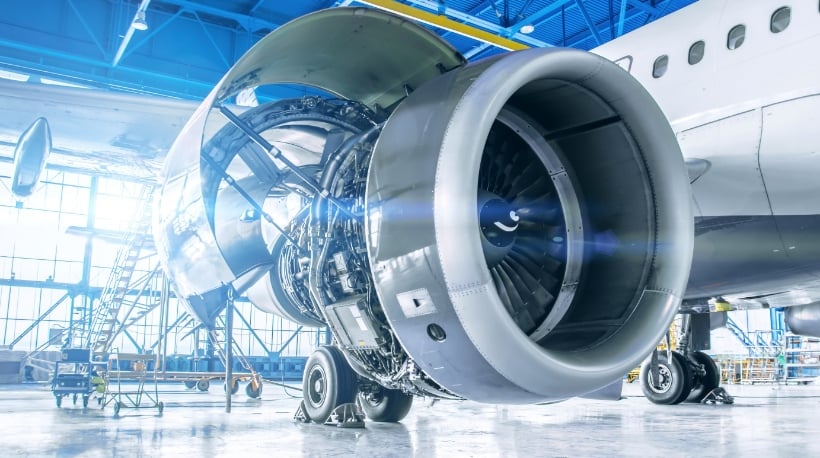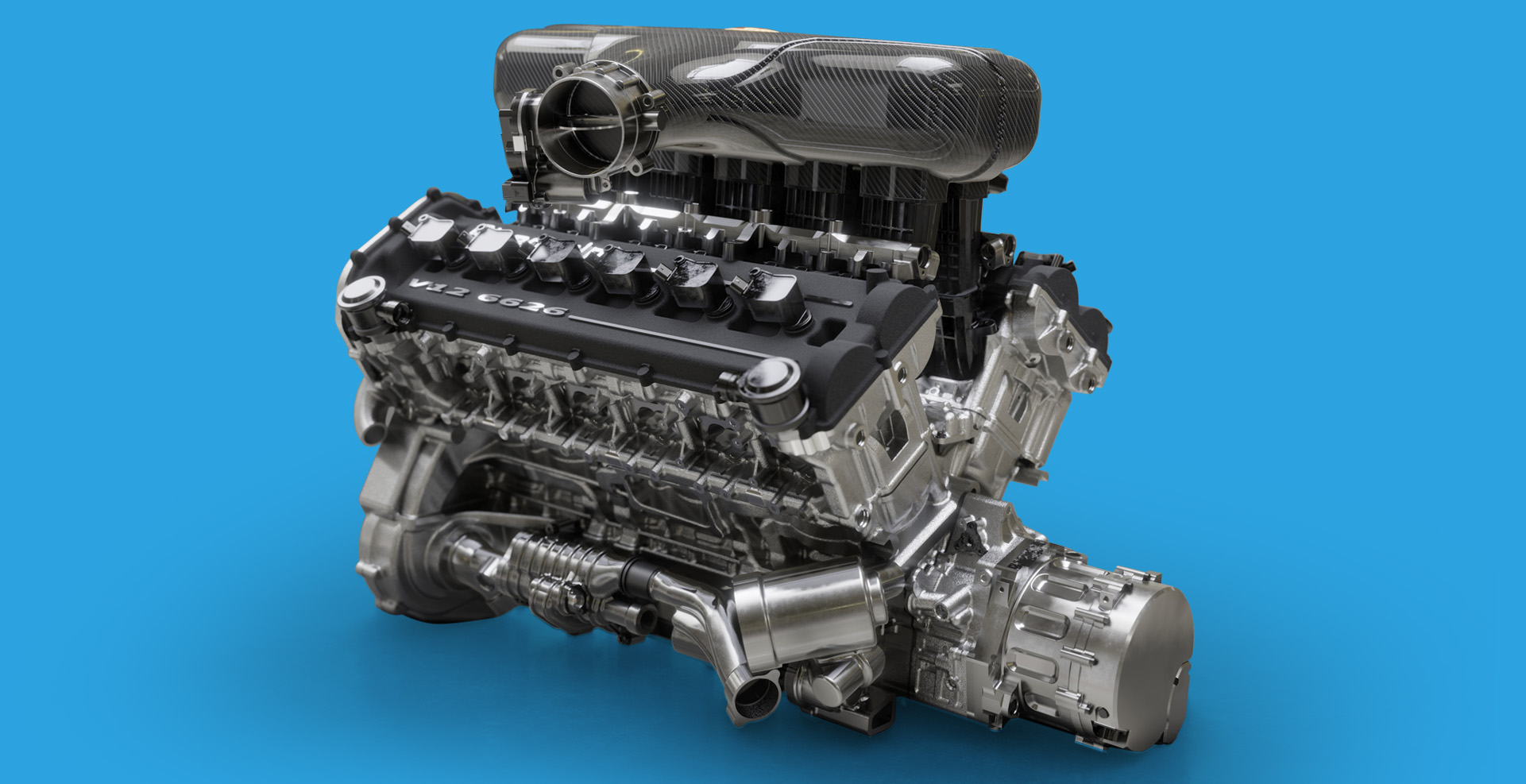Locate Engines for Africa Easily at Our Hassle-free Car Components Store
Locate Engines for Africa Easily at Our Hassle-free Car Components Store
Blog Article
The Pursuit for Ultimate Driving Power: Checking Out the Pinnacle of Engine Efficiency and Technological Developments in the Automotive Sector
In the realm of auto engineering, the search of maximum driving power has been a ruthless mission that has actually unravelled through the evolution of engine style and the assimilation of cutting-edge innovations. From the thorough workmanship of combustion engines to the quick advancements in electric propulsion systems, the automobile market stands at the cusp of a brand-new period characterized by unprecedented performance abilities.
Development of Engine Layout

Additionally, the integration of turbocharging and turbo charging modern technologies has revolutionized engine design by boosting power without dramatically enhancing engine dimension. These forced induction systems press the intake air, enabling for more fuel to be ignited, thus creating greater power output from a smaller engine. This development has actually been particularly essential in boosting the performance of smaller sized displacement engines while maintaining gas efficiency requirements.

Performance-Enhancing Gas Technologies
The application of advanced fuel modern technologies has actually dramatically added to boosting engine efficiency in contemporary cars. From standard gas and diesel to ingenious biofuels, synthetic fuels, and hydrogen, the automotive industry is seeing a revolution in fuel alternatives. Biofuels, stemmed from eco-friendly resources like sugarcane, algae, or corn, deal boosted and minimized discharges engine effectiveness. Synthetic fuels, created through chemical processes, offer high octane ratings, boosting power output. Hydrogen fuel cells, although still in the onset of adoption, reveal wonderful promise as a result of their zero-emission nature and capacity for high efficiency. Furthermore, gas ingredients and detergents are being developed to tidy engine components, enhance combustion, and lower rubbing, thereby enhancing overall car performance. With recurring research and development, the mission for the best driving power proceeds, as designers aim to unlock the full potential of performance-enhancing fuel innovations in the automobile industry.
Innovations in Electric Propulsion
Significant strides in electric propulsion innovation have transformed the automotive market, leading the way for a new age of lasting and efficient transportation. Electric lorries (EVs) are getting appeal due to their ecological benefits and innovations in battery technology, enabling longer driving varieties and much shorter billing times. Suppliers are spending greatly in r & d to boost the performance of electrical propulsion systems, concentrating on raising power result, boosting power effectiveness, and minimizing general weight.
One significant innovation in electrical propulsion is the advancement of sophisticated electrical motors that supply greater torque and power thickness, causing boosted velocity and general driving performance. Furthermore, regenerative braking systems have been improved to keep and catch energy throughout slowdown, additional increasing the efficiency of EVs.
In addition, the combination of smart modern technologies, such as expert system and anticipating analytics, is enhancing the management of electrical propulsion systems, guaranteeing optimum performance under various driving conditions. These developments in electrical propulsion are reshaping the vehicle landscape, driving the industry in the direction of a more lasting and electrified future.
Influence of Computational Fluid Characteristics
With advancements in electrical propulsion pushing the limits of automotive innovation, the integration of Computational Liquid Dynamics is playing an essential duty in maximizing wind resistant performance and boosting total effectiveness in vehicle layout. Computational Fluid Dynamics (CFD) entails making use of computer system simulations to analyze the flow of air around a lorry, enabling engineers to forecast just how design modifications will certainly influence aerodynamics without the requirement for pricey physical models. By accurately modeling air flow patterns, CFD enables the improvement of car forms to decrease drag, boost air conditioning, and enhance look at more info stability.
CFD allows engineers to optimize air movement around parts such as radiators, engine bays, and wheel wells, contributing to improved performance and overall driving experience. In verdict, the combination of Computational Liquid Dynamics stands for a considerable step forward in the quest for utmost driving power and effectiveness in the automobile sector.
Future Fads in Engine Development
In the vibrant landscape of automobile design, innovative improvements are shaping the future trajectory of engine development. The future of engine layout is marked by a solid emphasis on sustainability, performance, and efficiency. Producers are progressively focusing on creating engines that not only deliver high power results yet likewise focus on ecological responsibility by decreasing discharges and improving gas effectiveness.
One famous fad in engine development is the rise of electrification. Hybrid and electrical powertrains are acquiring grip as viable alternatives to standard burning engines. These innovations provide the possibility for considerable decreases in carbon discharges and enhanced power performance, aligning with international initiatives to fight climate change.
Moreover, advancements in materials science and production strategies are making it possible for the production of lighter and more sturdy engine parts. This shift in the direction of light-weight products such as carbon fiber and aluminum alloys adds to improved performance and fuel economy.
Verdict
Finally, the search of utmost driving power in the automobile market continues to drive innovations in engine design, fuel technologies, electric propulsion, and computational fluid dynamics. The development of these innovations is shaping the future of engine innovation, leading the way for a lot more reliable and effective vehicles (engines for africa). As the market proceeds to push the borders of what is feasible, we can anticipate to see a lot more innovative advancements in the quest for peak efficiency
One of the crucial milestones in engine design development is the change from typical carbureted engines to modern-day fuel-injected systems. By precisely metering the fuel distribution helpful resources to each cylinder, fuel-injected engines maximize burning, resulting in better efficiency and minimized ecological influence.
Moreover, the combination of turbocharging and turbo charging innovations has actually changed engine layout by boosting power without substantially raising engine dimension (engines for africa).The application of sophisticated fuel modern technologies has actually dramatically added to enhancing engine efficiency in modern-day automobiles. Additionally, gas additives and cleaning agents are being created to clean engine parts, maximize burning, and lower rubbing, therefore improving overall lorry Read Full Report performance
Report this page